Of all the artistic directors on the staff of the Hungarian State Opera, choreographer Tamás Solymosi is the happiest. “We have waited so long for this,” referring to the completion of the nearly 5-year restoration of Miklós Ybl’s opera palace masterpiece in the heart of Budapest. “It’s time to rock ‘n roll!” proclaimed the former dancer and now international choreographer. “This makes me want to dance again!”
Solymosi’s exuberant relief was reflected throughout the company during the 12-14 March weekend packed with performances to celebrate the long-awaited opening. The unveiling of the spectacular building was celebrated with a red-carpet, champagne-flowing grand gala opening, attended by VIPs and press from around the world.
The first performance was a concert conducted (in part) by Plácido Domingo, the second evening offered Ferenc Erkel’s classic opera “Hunyadi László,’ and the final performance was the renowned ballet “Mayerling” with an international cast. All the works presented constituted a sampling of great Hungarian composers’ works, and the visual aspects of these productions gave us a glimpse of the new features added to the stage’s infrastructure.
The central challenge of the building’s restoration plans, priced at 150 million euros, was adhering to Miklós Ybl’s original blueprints and architectural esthetics, but at the same time upgrading the technical equipment and audience needs to a 21st century level. Chief Architect, Gábor Zoboki, called this “revitalization the greatest in 145 years. But we needed to fulfill the needs of the public. For example, you cannot simply reproduce the same seats that were here 100 years ago,” he explained. “So now we have modernized seats, each with a vent underneath for both air and sound enhancement.”

Operations Manager of the massive project, engineer Dr. Anka Józsa, expressed similar delight, chiefly the relief part: “We cannot forget that the existence of the Eiffel Arts Studios [the company’s recently built venue in Kőbánya] was deeply important because it gave us badly needed storage space for costumes, sets, and workshops.” Thus, the Andrássy út’s opera house, built in the early 1880s and carrying an historical status that would prevent major alteration, suddenly gained ample room for the artists’ needs, most notably three giant rehearsal rooms.
The list of building upgrades included installing an air-conditioning system, expanding and computerizing the backstage technical equipment, and improving conditions in the orchestra pit. Dr. Józsa revealed that “although we have a few details left to do because covid slowed down the work, I’m happy to say that now we have two elevators for the public, three stage lifts to enhance performances, a rehearsal hall that seats 400, and wheelchair access to the ground floor seat boxes.”
Visually speaking, the glorious spectacle that is now the new/old Hungarian State Opera House is most certainly eye-candy for anyone who walks around it – inside and outside. The sheer amount of sparkling gold in the auditorium, the new curtain, the newly polished chandelier, and the huge collection of restored and cleaned paintings – on the ceilings and the walls and in every chamber within – is cause for celebration for many decades to come.
12 March – Reopening Gala
Among the VIPs to take the stage on this opening night was the incumbent President Dr. János Áder, who took a serious stance on the occasion, in deference to the ongoing war in Ukraine. He pointed out that “During WWII in 1945, this opera house sheltered survivors in the basement, including Zoltán Kodály.” His final statement was “I wish this treasured palace of opera to go on for a million more nights!”
General Director Szilveszter Ókovács asked a question from the parterre with an arm extended into the newly refurbished auditorium: “Why do we need such a beautiful place? We need it to protect art and all the artists – we have been homeless for the last few years.” He spoke of the company’s recent history with tenor/conductor Domingo, explaining that he had first conducted in the Erkel Theatre in 1973, and went on to become a patron of the company’s 2018 tour of New York where he also conducted the Opera Orchestra’s concert in Carnegie Hall. “He recently made two recordings at our Eiffel Arts Studios, tonight he conducts here, and then in April he will sing the title role in Simon Boccanegra for us.”
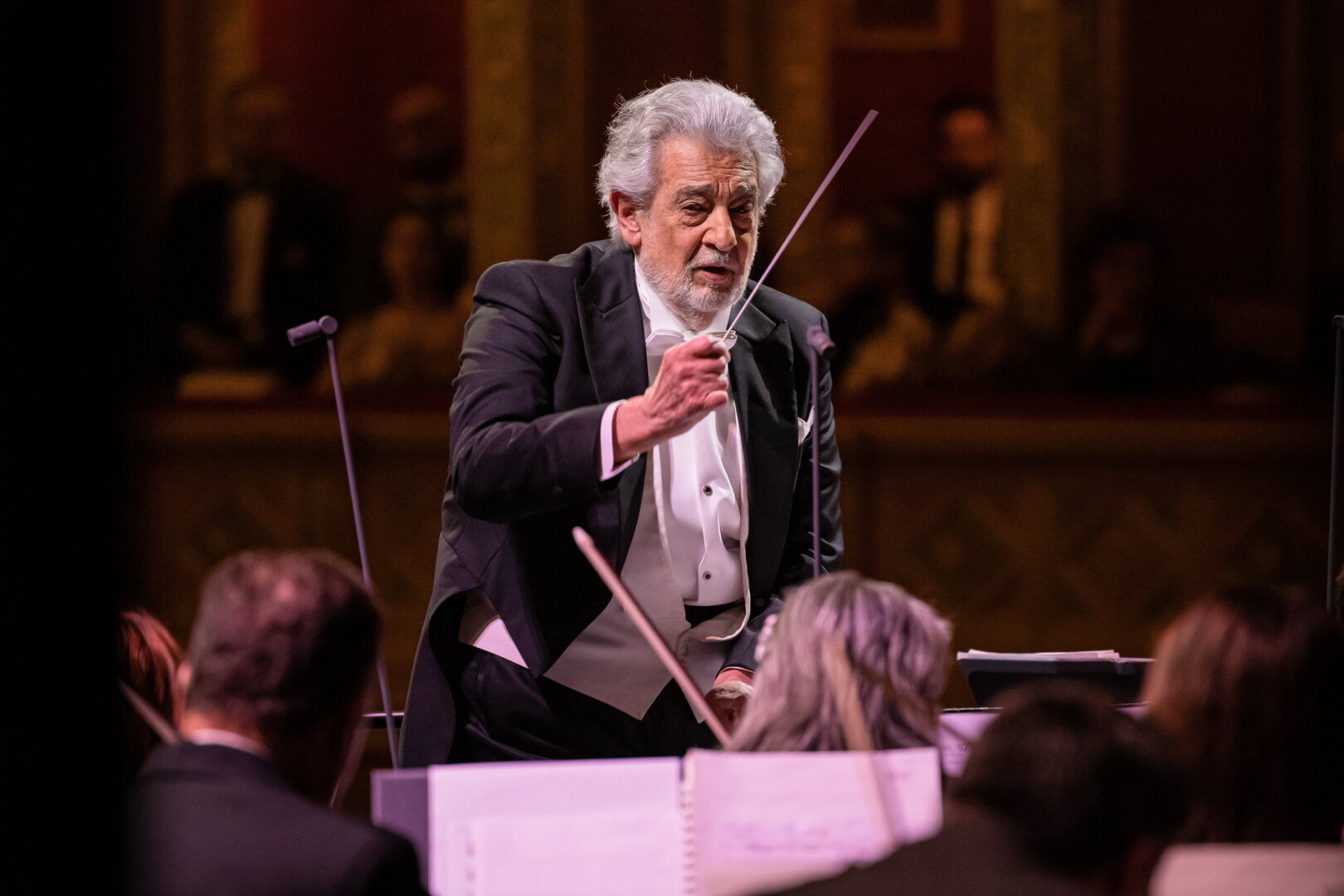
Domingo took the podium to conduct three pieces: the Hungarian March from Berlioz’ “The Damnation of Faust;” Brahms’ “Hungarian Dance No. 5; and Johann Strauss II’s “Hungarian Polka.” Just before, we heard the Hungarian national anthem conducted by Ádám Medveczky, and Dohnányi’s “Festival Overture conducted by Balázs Kocsár.
The second half offered a tender pas de deux with Ukrainian dancer Iurii Kekalo and Russian dancer Tatiana Melnik to Karl Goldmark’s romantic music for “The Taming of the Shrew,” conducted by Gergely Kesselyák. The choice of these two outstanding dancers was also a tip of the hat to the magic of artistic collaboration during a politically tense time.
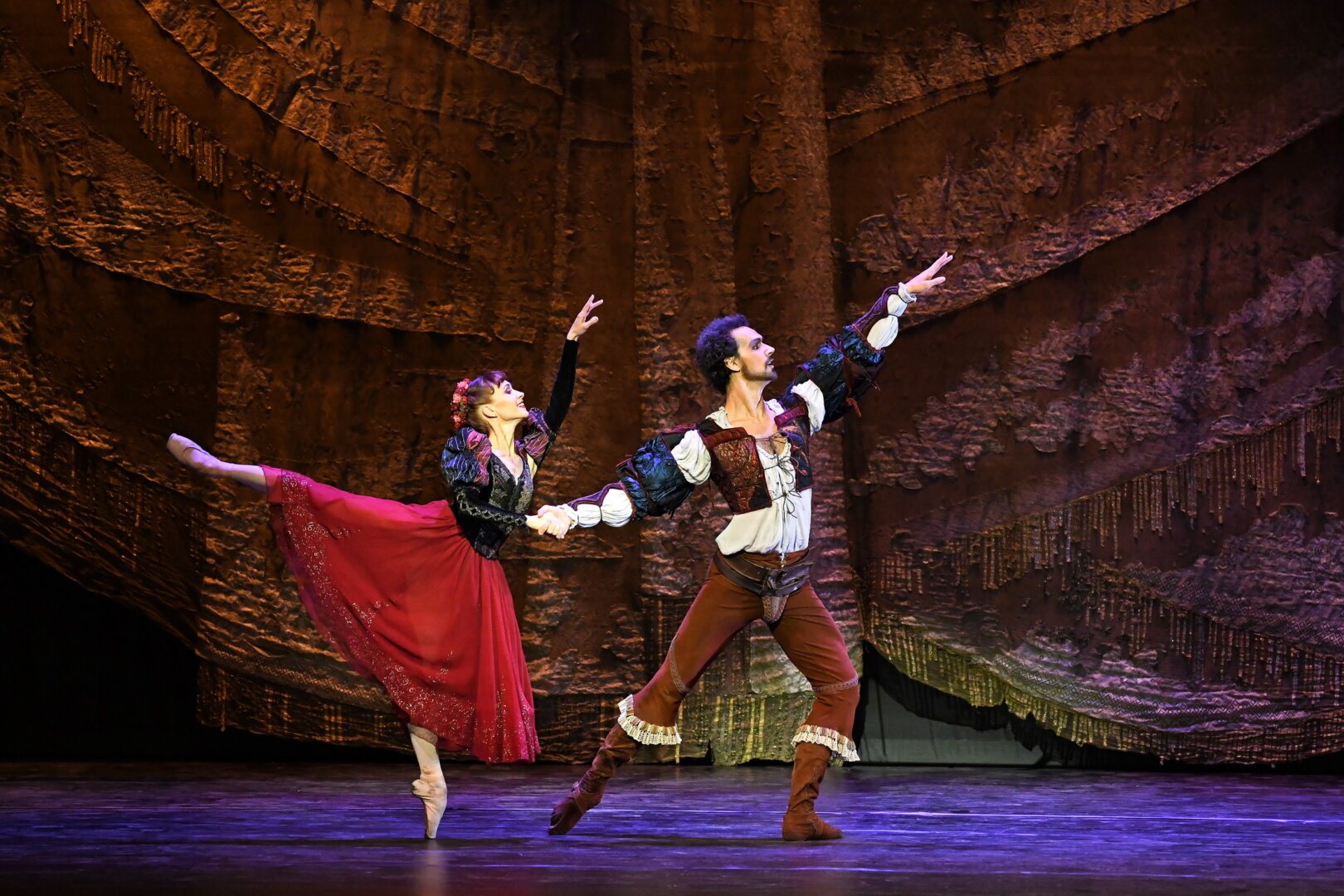
Excerpts from Kodály’s “Háry János” featured all departments of the Hungarian State Opera and the Hungarian National Ballet — from children’s ballet to the entire orchestra – in six selections from the popular work, conducted by Balázs Kocsár. The sound of the cimbalom ringing from the pit added a wonderful Hungarian folk touch; the beautiful singing of Gabriella Balga and the costumes by Richárd Márton contributed more bliss. But the unabashed scene-stealers were the very young boy dancers who wowed the audience with their charm and skill.
13 March – “Hunyadi László”
The epic opera, written by Ferenc Erkel in 1844 and set in 1456, chronicles a period in Hungarian history that involves László, son of the dead hero János Hunyadi, and his struggles to survive imminent danger of execution. In operatic fashion, there are many twists and turns to the plot involving many characters. It was written right after the height of the bel canto era, so the score has many of the musical features one finds in the operas of Bellini.
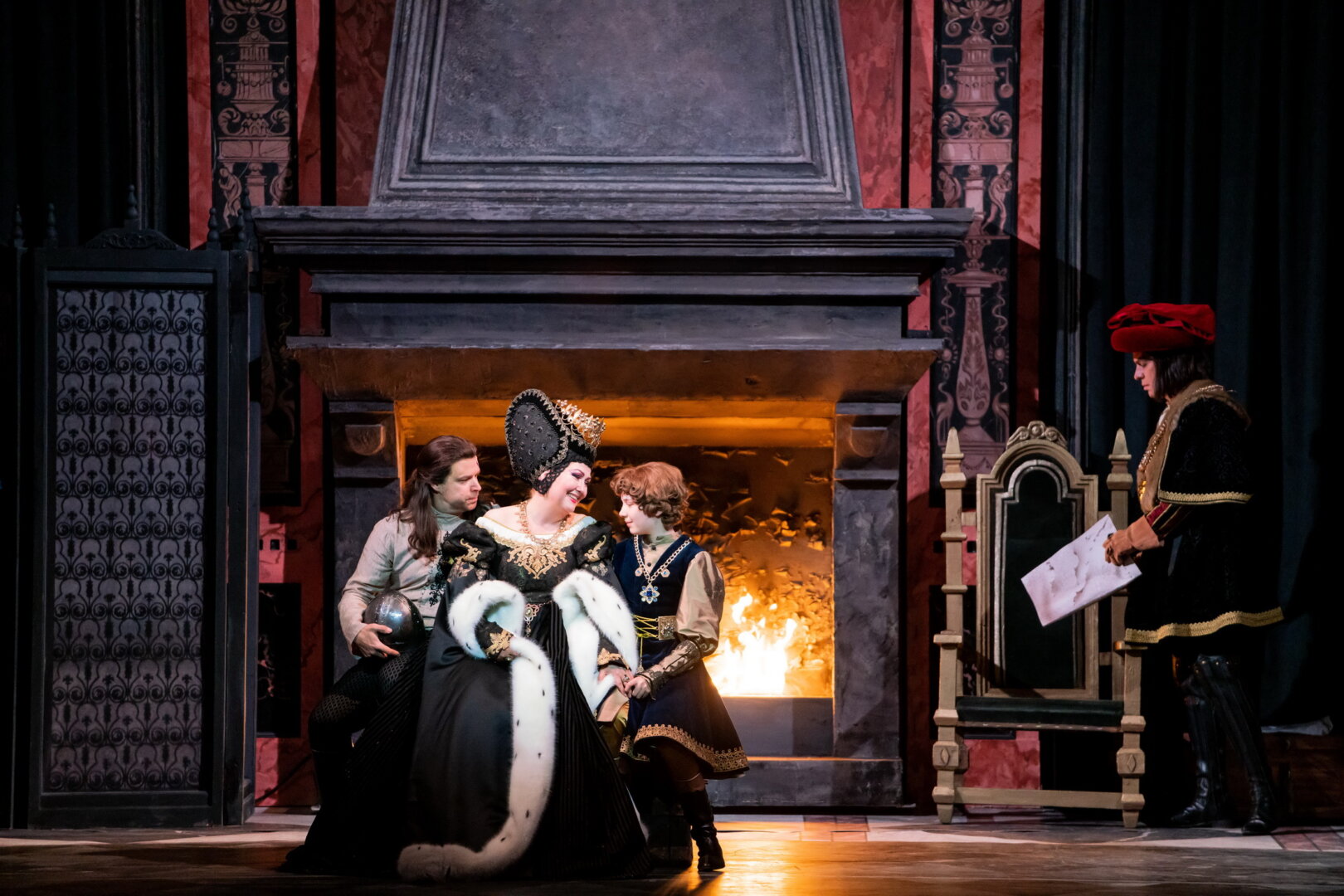
What made this performance unique is that it wasn’t the one that present-day Hungarians have grown up with, but it was the début of Director Ókovács’s restoration of Erkel’s original version. It’s a bit longer now, because arias and ensembles that were previously cut (or switched around) are now back in where Erkel had originally placed them. Ókovács commented at the after-party that “this production was a journey. We had one and a half years of challenges. But very important to this production was our set and costume designer, Krisztina Lisztopád. Her work is extraordinary. We hope everyone will love the new/old version!”
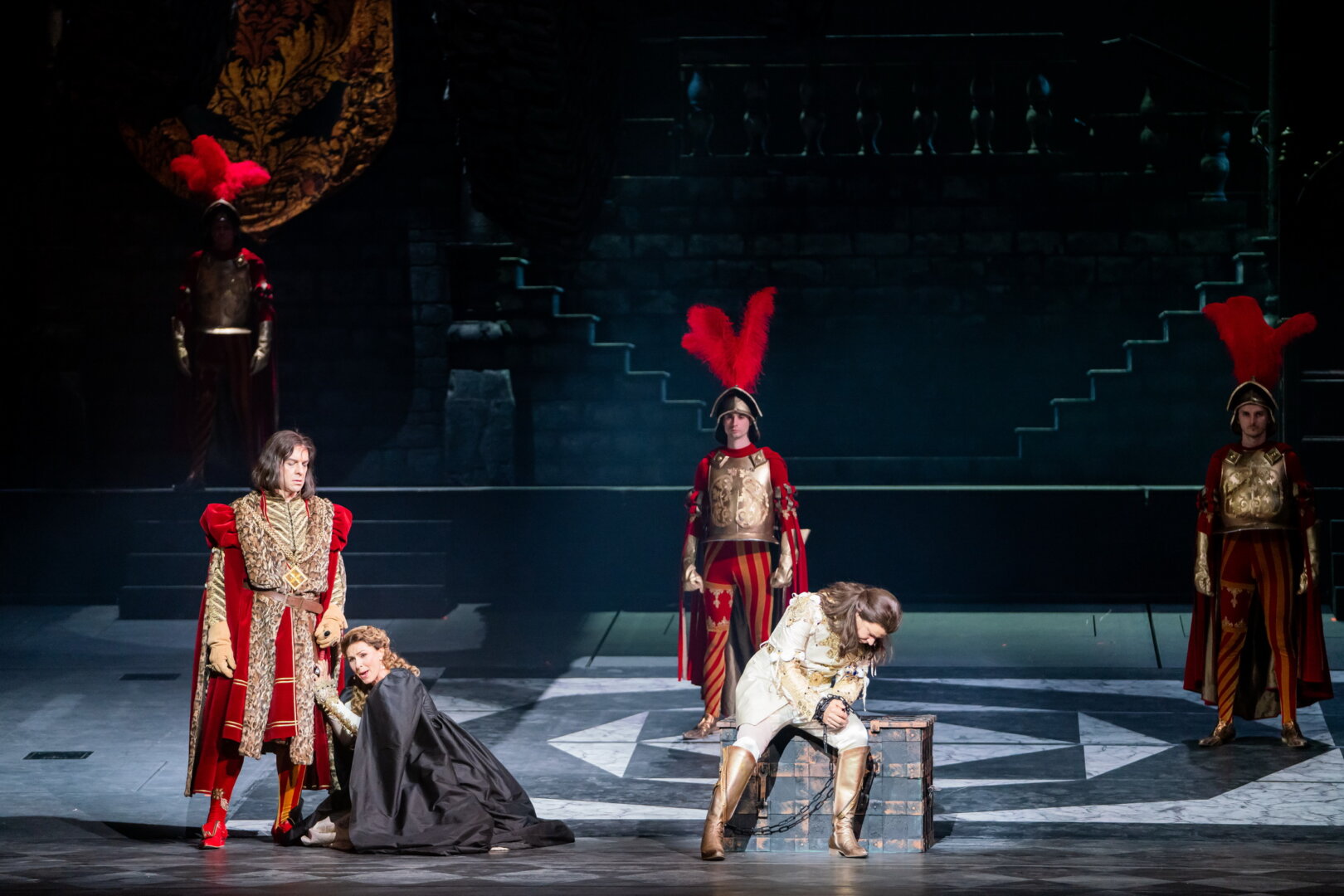
For this premiere, the company trotted out an all-star cast, headed up by Klára Kolonits, Gábor Bretz, András Palerdi, Erika Miklósa, Szabolcs Brickner, Gabriella Balga, and Dániel Pataki. All had plenty of spotlight time throughout the four acts, but special plaudits go the marvelous Kolonits for her bravura bel canto and affecting characterization of Erzsébet Szilágyi (László’s mother), and to Balga for her superior ‘undercover’ performance: the voice of the silent/mimed character of László’s adolescent brother Mátyás, a supporting role. As for the sets and costumes, Lisztopád’s genius shines brilliantly here.
14 March – “Mayerling”
For the grand finale of the opening weekend, the Hungarian National Ballet and the Hungarian State Opera Orchestra (conducted by Ádám Medveczky) collaborated in a major large-scale work: “Mayerling,” the 1992 narrative ballet by Sir Kenneth MacMillan. It depicts the internal intrigues of the Austro-Hungarian monarchy and puts a spotlight on the psychological drama of its protagonist. The plot of Mayerling (the name of a Viennese castle) is based on actual historical figures of the Austro-Hungarian Empire in 1889, and concerns a tortured royal whose unhappy political marriage was further compromised by his compulsive philandering and morphine addiction.
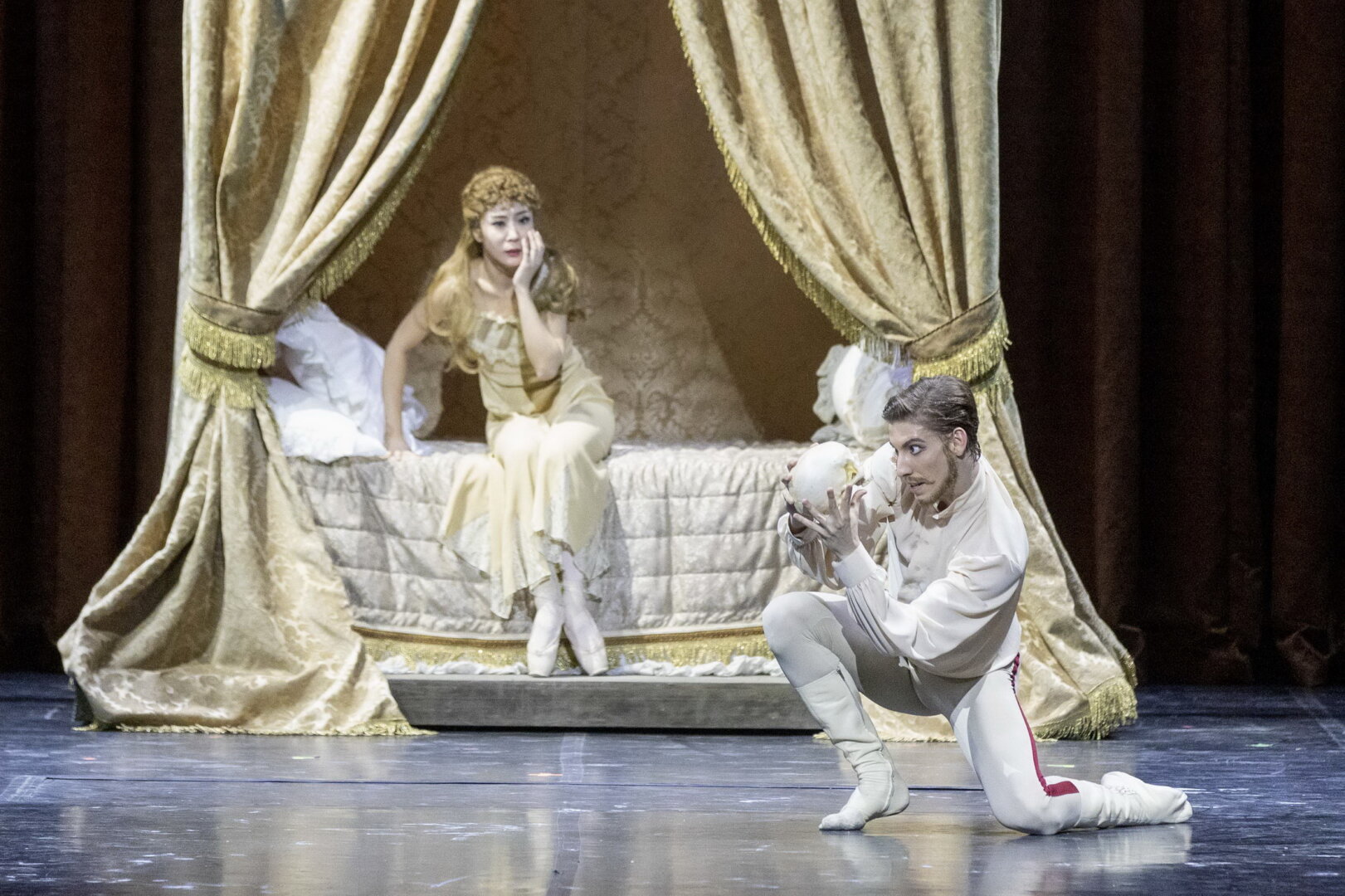
This pivotal figure is Crown Prince Rudolf, whose personal demons also included an adversarial relationship with his father (Emperor Franz Joseph), an emotionally distant mother (Empress Elisabeth), and continuous police surveillance. Gergő Ármin Balázsi admirably portrayed Rudolf, one of the most demanding roles in ballet, by cranking up his emotional temperature to the max and spinning around the stage for three-plus hours of MacMillan’s complex choreography that offered little respite for the character’s spiraling agony. The end for Rudolf and his lover Mary comes as he injects morphine and they dance a grotesque pas de deux of death.
Amidst and despite Rudolf’s tribulations, though, there was plenty of merriment in the three-act oeuvre. MacMillan’s inspired choreography was underscored throughout by a pastiche (arranged by John Lanchbery) of Franz Liszt’s compositions like his famous “Totentanz” and the Hungarian Rhapsodies, among many other solo piano and orchestral works. One delightful moment was a wildly frenetic piano accompaniment to a silly quarrel amongst several ladies in Act 3. In one scene, set in the Mayerling hunting lodge, a pianist (Bálint Zsoldos) and a singer (Laura Topolánszky) entertained the crowd with a sorrowful German song – a rather unusual cameo, and a nice MacMillan touch, in the middle of a ballet.
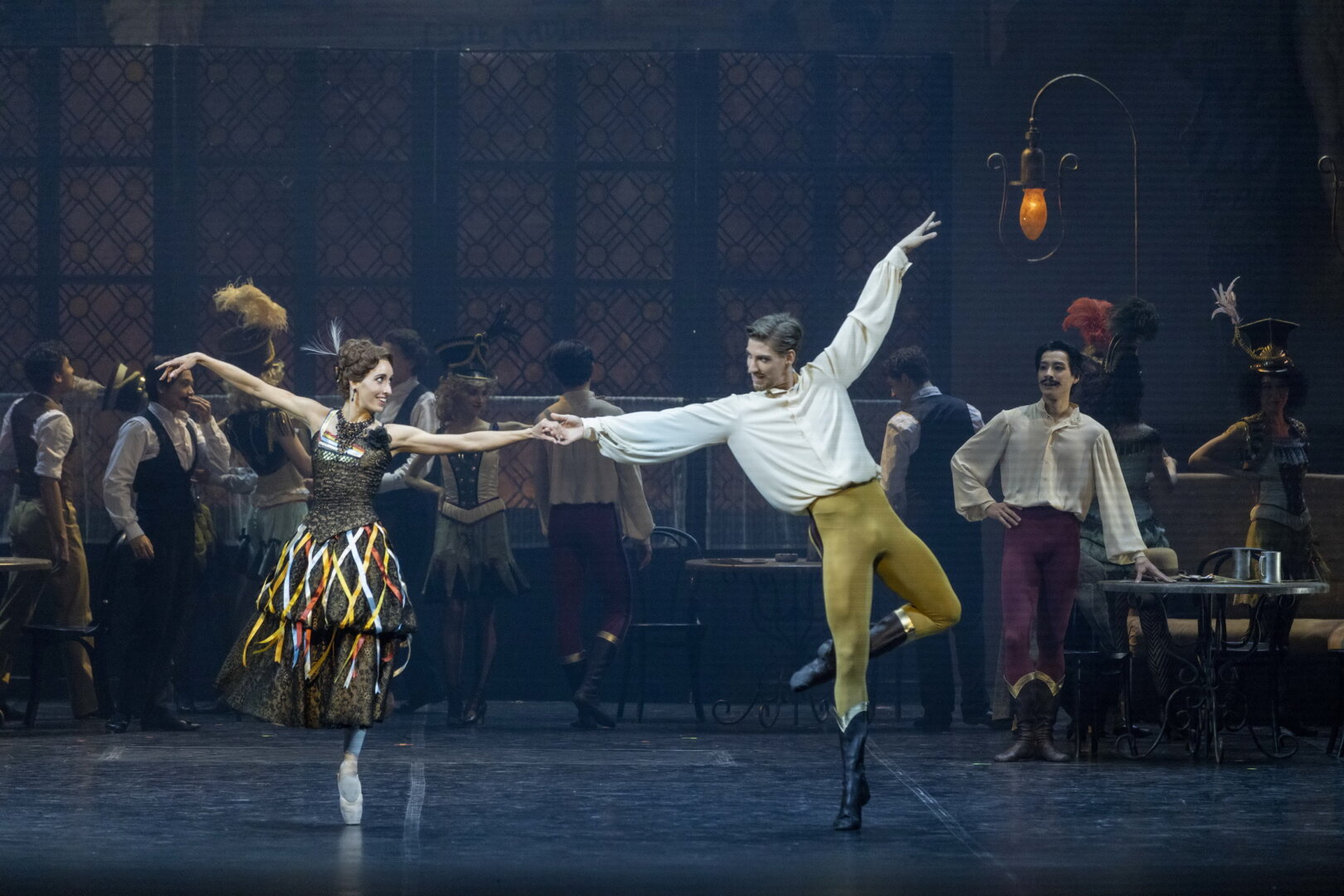
Interviewed after his strenuous performance, Balázsi revealed that not only was this his début in this role, but that it was also his birthday. The seven-year member of the troupe said “yes, the role was very demanding, but it was such a joy to do it.” Director Solymosi, who danced the role of Rudolf in 2004, said: “If you can get through the first act and survive, you’ll make it through the rest. I’m so happy we have the rights to this ballet, because we didn’t for 15 years. We’ve waited a long time for this.”











